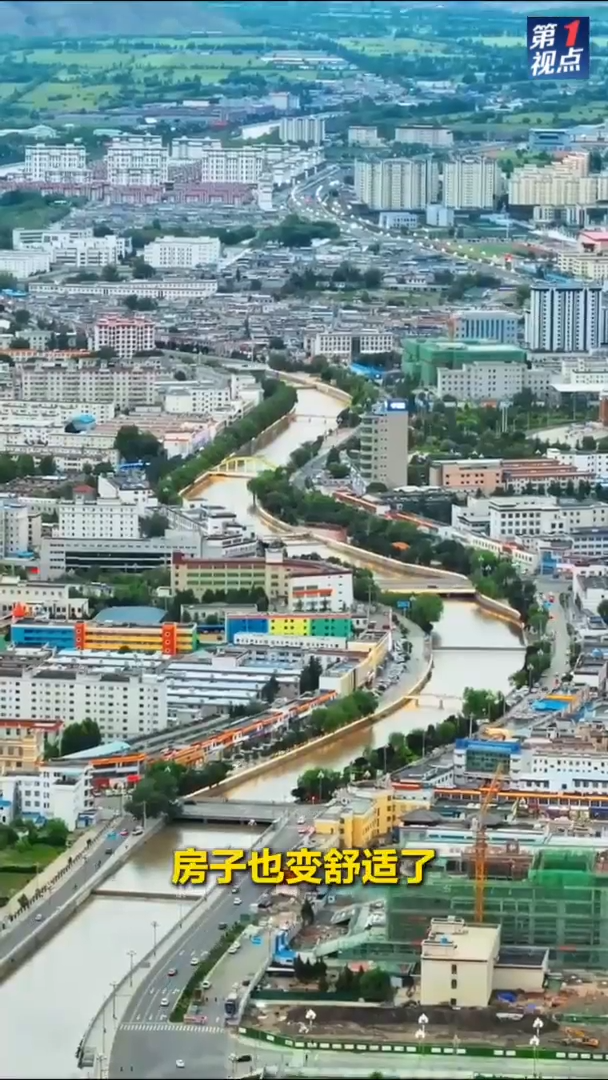Potala Palace Square
Potala Palace Square is the vast public plaza located directly in front of the iconic Potala Palace in Lhasa, Tibet. It was constructed in 1995 as part of a major renovation project to create a grand space for gatherings and to offer an unobstructed view of the historic palace. The palace itself, a UNESCO World Heritage Site, was the chief residence of the Dalai Lama until the 14th Dalai Lama fled into exile in 1959.
Tibet Autonomous Region
The Tibet Autonomous Region is a mountainous area in southwest China that has been inhabited for millennia, with a unique history and culture deeply intertwined with Tibetan Buddhism. It was incorporated into the Yuan dynasty in the 13th century and is currently administered as an autonomous region within the People’s Republic of China. The region is renowned for its high-altitude plateau geography and historic sites like the Potala Palace.
Lhasa City
Lhasa is the capital of the Tibet Autonomous Region in China and a city of profound religious and cultural importance. Historically the seat of the Dalai Lama and the capital of the Tibetan Empire, it is most famous for the Potala Palace, a UNESCO World Heritage Site that was once the winter palace of the Dalai Lamas. The city has been a major Buddhist pilgrimage center for centuries and remains the heart of Tibetan culture.





